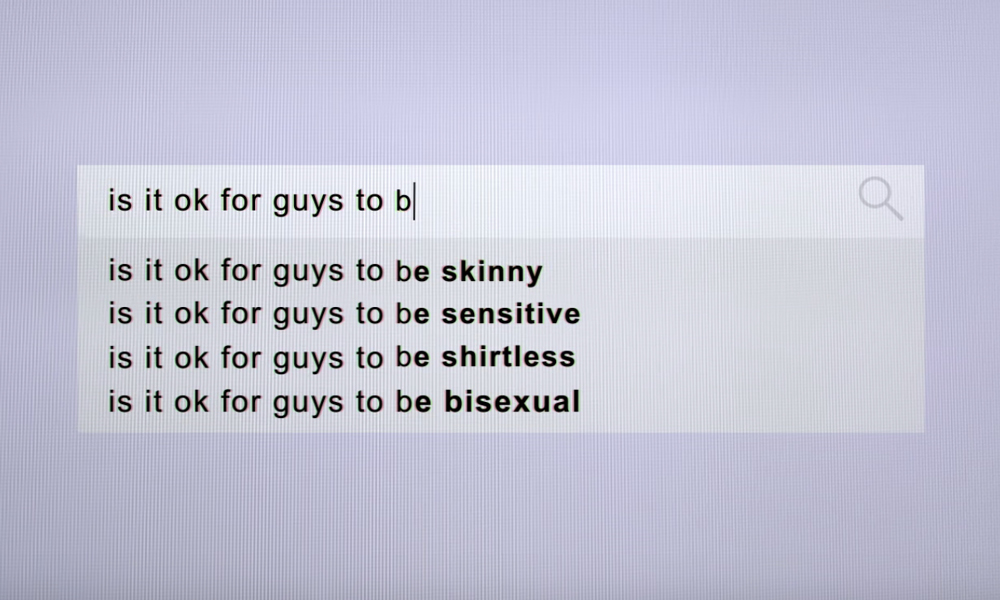
Inclusivity is a topic any growing brand has to address. It’s now the default, not the exception to the rule. Being perceived as an inclusive brand is becoming increasingly important as a way to stay relevant and win over new customers. So it’s no wonder we’re seeing more brands than ever make adjustments to challenge gender stereotypes.
A great example of this is Lynx. A far cry from its usual advertising style, the deodorant giant has taken on a new, more serious brand positioning in a bid to break male stereotypes. In 2017, the brand launched its #isitokforguys online campaign to challenge modern day perceptions of masculinity and encourage men to rid themselves of cultural pressures telling them what it means to be ‘a man’. While still concentrating on the experience of young men, the campaign turned the target audience’s attention towards more pressing issues, speaking to them in a more modern, inclusive manner.
Moving in a similar direction to Lynx, and Yorkie’s abandonment of their classic ‘it’s not for girls’ slogan, Kleenex also recently rebranded their ‘Mansize’ products after succumbing to growing public demand to change the ‘discriminatory’ name. The British tissue brand removed any language that excludes a gender from its packaging, instead renaming the 60 year old product ‘Extra-large’.
Chief executive at feminist campaign group, the Fawcett Society, Sam Smethers praised the decision, saying: “Removing sexist branding such as this is just sensible 21st century marketing. But we still have a long way to go before using lazy stereotypes to sell products is a thing of the past.”
On top of this, newly implemented advertising rules from the ASA are cracking down on gender representation in advertising after finding that advertising affects people’s expectations of how others should “look or behave” according to their gender. If nothing else, this shift alone will undoubtedly force brands to rethink their positioning.